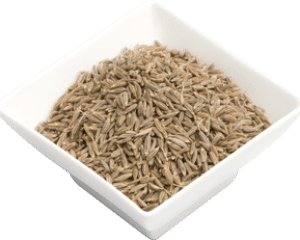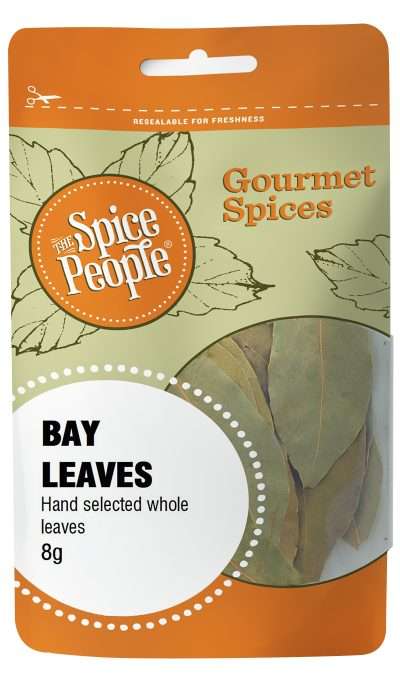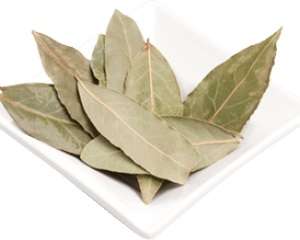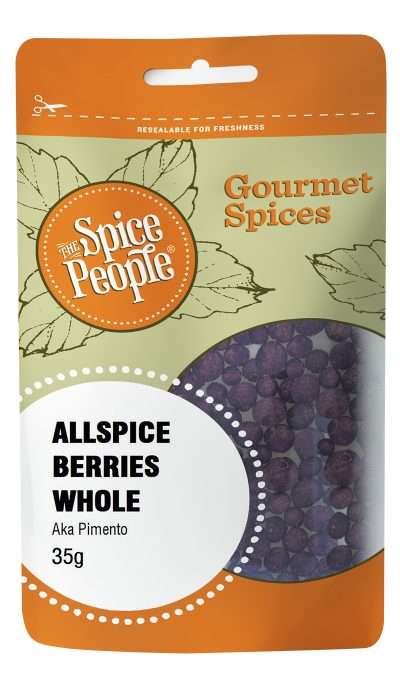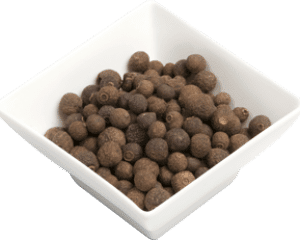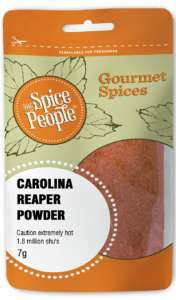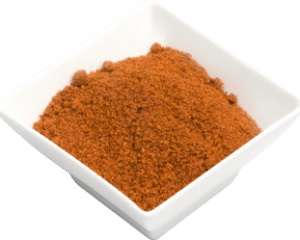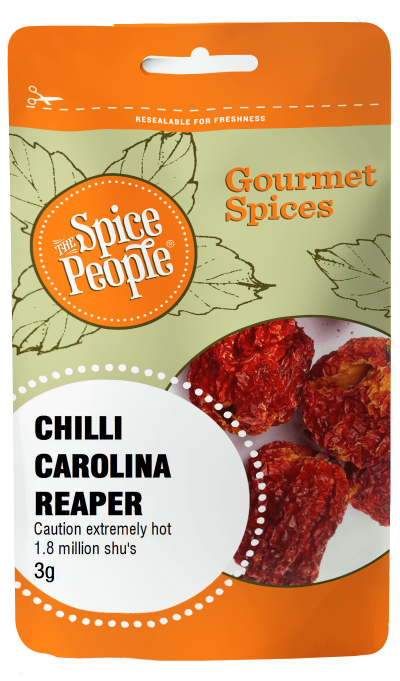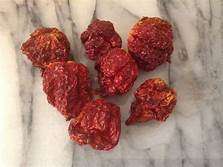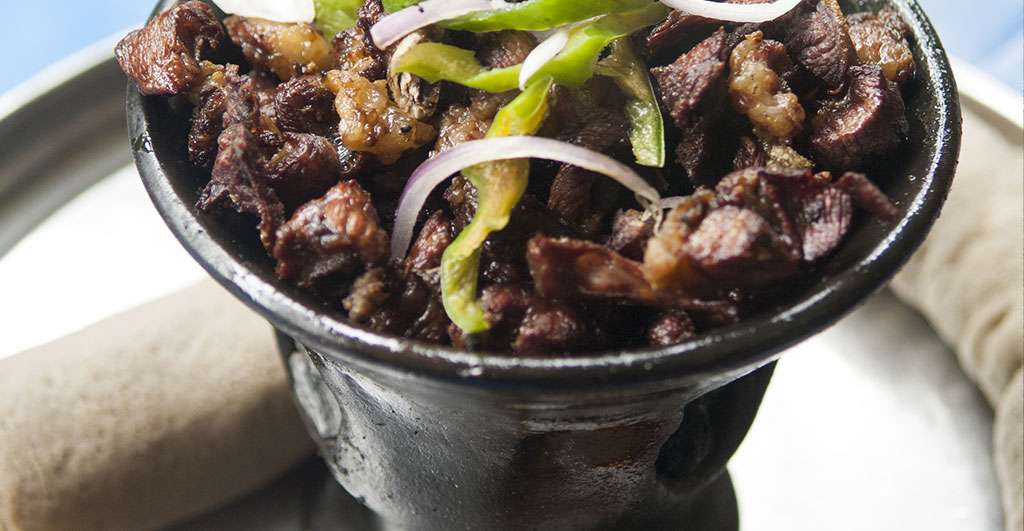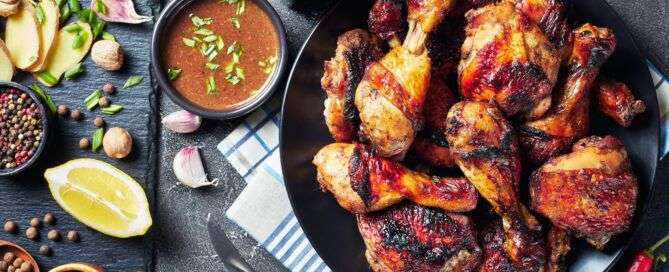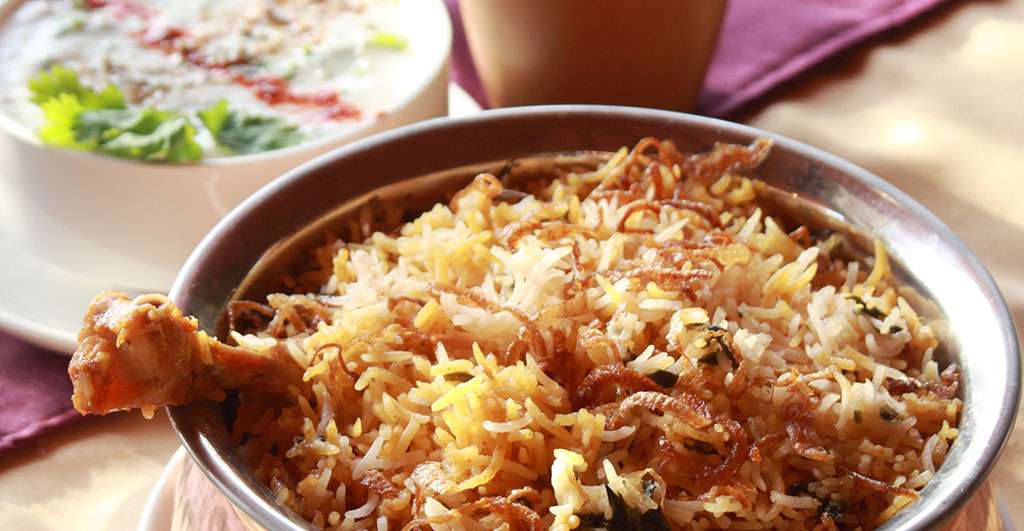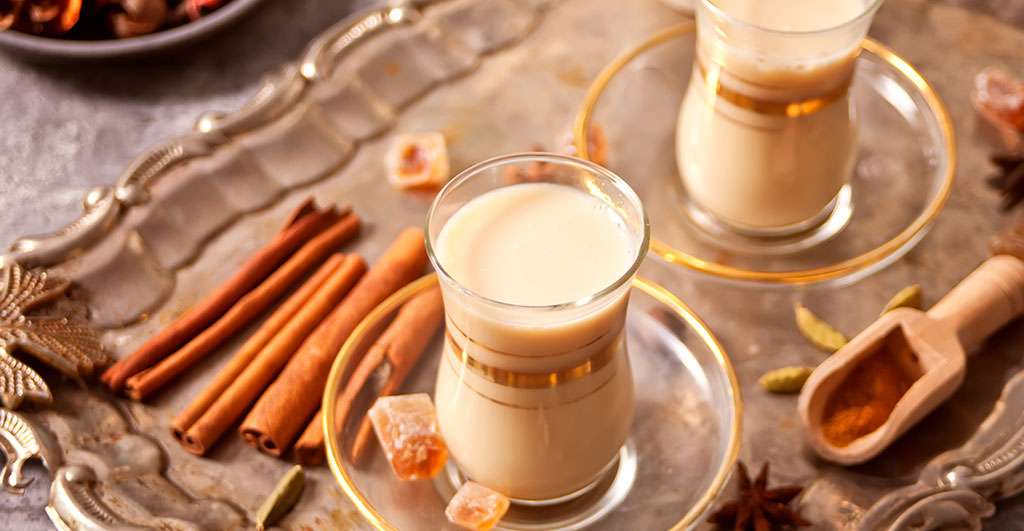Cumin Seeds Whole – 55g
647 in stock
Product description
Cumin seeds are an ancient and versatile spice that is a staple in countless kitchens across the world. Cumin has a khaki colour and peppery and nutty flavour with tangy citrus overtones. It is a key ingredient in curry making. Use in Middle Eastern, Indian, Spanish, and Mexican cooking.
Flavour Notes:
Cumin seeds are an ancient and versatile spice that is a staple in countless kitchens across the world. Cumin has a khaki colour and peppery and nutty flavour with tangy citrus overtones. Its nutty peppery flavor packs a punch in a wide variety of cuisines such as Mexican, Indian, and Middle Eastern.
Culinary Notes:
Cumin seeds whole and ground are available year-round. Cumin seeds resemble caraway seeds, being oblong in shape, longitudinally ridged, and yellow-brown in colour. This is not surprising as both cumin and caraway, as well as parsley and dill, belong to the same plant family. It is probably not just for taste alone that cumin has made it into the stellar ranks of Indian, Middle Eastern, and Mexican cooking. This ordinary-looking seed is anything but ordinary when it comes to health benefits.
Health Benefits:
Cumin Seeds contain vitamins and has many health benefits. It can help to treat coughs and asthma. It also can be to aid digestion. It contains Vitamin C and Vitamin B.
Ingredients:
100% dried Whole Cumin Seeds
How to use

The Spice People FAQs


The Spice People FAQs

Other Spices you may like
Featured in



Join the Spice People to Get Started on Your Culinary Spice Journey!
Be the first to hear about our exclusive promotions, new product releases, recipes and more.

